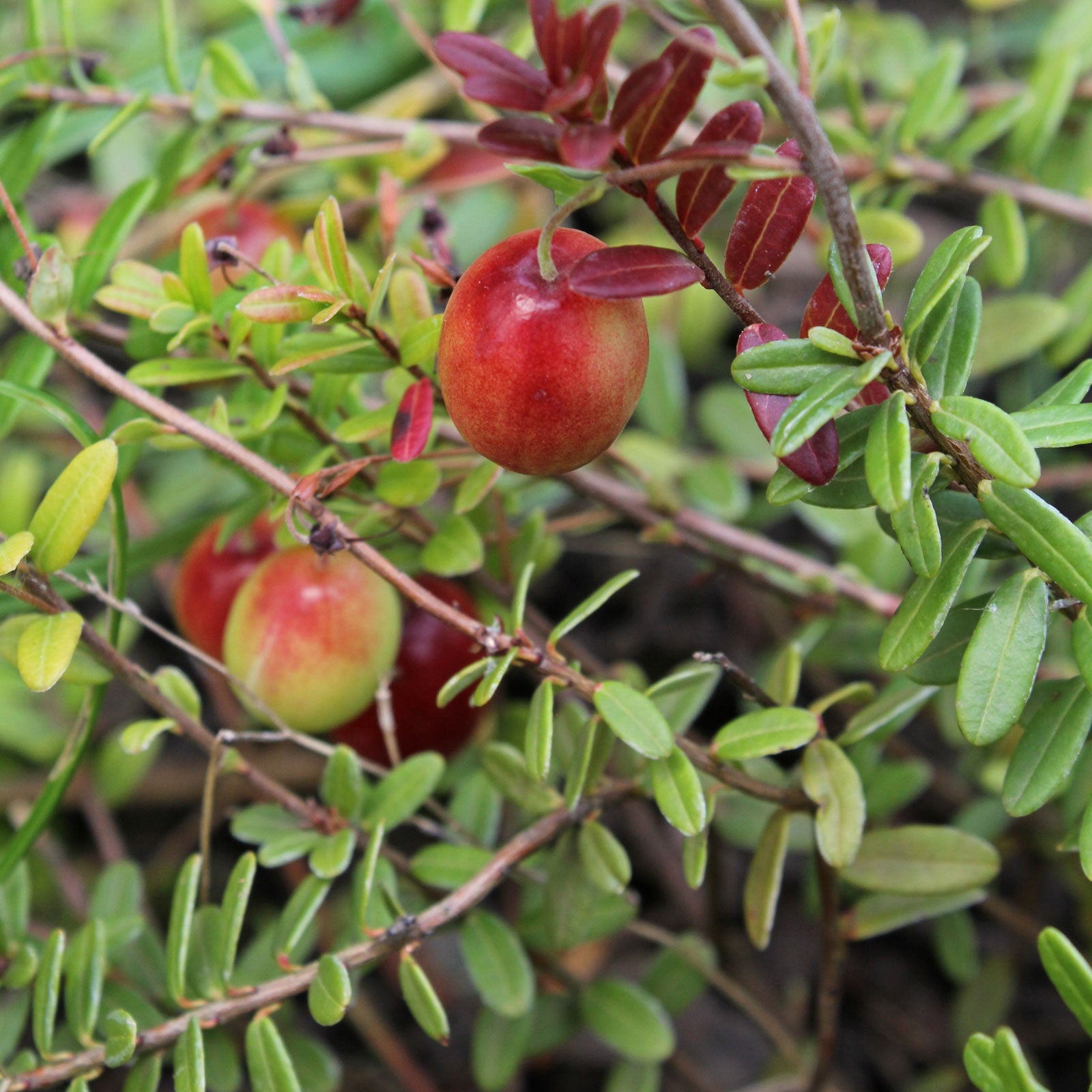






Free Shipping
Safe & Secure Payments
Bring the taste of the wild to your garden with American Low Bush Cranberry Seeds (Vaccinium macrocarpon). Also known as the American Cranberry, this low-growing perennial shrub is prized for its tart, ruby-red berries that are rich in antioxidants and vitamin C. Perfect for edible landscapes, naturalized gardens, and container planting, the American Cranberry thrives in cool, moist, acidic soils and adds ornamental value with its glossy foliage and delicate pink blossoms.
Native North American Variety: Naturally adapted to cooler regions.
Rich in Nutrients: Produces berries high in antioxidants and vitamin C.
Cold-Hardy & Resilient: Thrives in USDA zones 2–7 with proper soil conditions.
Beautiful Ground Cover: Attractive green foliage turns deep red in fall.
Versatile Uses: Excellent for fresh eating, sauces, juices, jams, and baking.
Botanical Name: Vaccinium macrocarpon
Common Name: American Low Bush Cranberry / American Cranberry
Seed Type: Non-GMO, Heirloom Variety
Growth Habit: Low-growing, perennial, fruit-bearing shrub
USDA Hardiness Zones: 2–7
Sun Exposure: Full sun to partial shade
Soil Type: Moist, acidic, sandy or peat-based soil
Soil pH: 4.0–5.5 (acidic)
Watering Needs: High; prefers consistently moist soil
Germination Time: 20–40 days (requires cold stratification)
Maturity Period: 2–3 years to fruit-bearing stage
Planting Season: Early spring or late fall
Planting Depth: 0.25 inch (0.6 cm)
Spacing: 1–2 feet apart
Temperature for Germination: 35–70°F (2–21°C, after stratification)
Plant Height: 6–12 inches
Pollination: Self-pollinating (cross-pollination increases yield)
Harvest Season: Late summer to early fall
Uses: Fresh eating, sauces, preserves, juices, and desserts
Stratify cranberry seeds by placing them in a moist paper towel and refrigerating for 6–8 weeks.
Sow seeds 0.25 inch deep in an acidic soil mix or peat-based medium.
Keep soil consistently moist and maintain moderate temperatures (60–70°F).
Once seedlings appear, gradually introduce them to full sunlight.
Transplant to permanent beds or containers with acidic, well-drained soil.
Water regularly, ensuring soil remains moist but not waterlogged.
Add mulch to conserve moisture and maintain soil acidity.
Choose options




